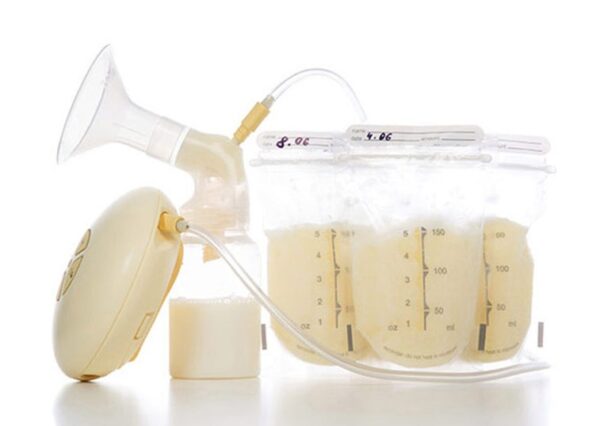If you’ve ever thought about improving your physical health — the chances are that you’ve thought about losing fat or gaining muscle. Stark emphasizes the importance of being realistic about your goals by understanding that different goals take different rates of time to get there. Whether you’re heading down a road toward fat loss or muscle gain, you should establish SMART goals (specific, measurable, achievable, relevant, and timebound). You’ll have a higher chance of achieving your objective if you set SMART goals, and understand the responsibilities required to attain that goal.Losing Fat
To make a substantial body composition change happen, you need to be intentional about the way you approach the process across the span of 12 months. Most people gain a couple of pounds a year — but the good news is that you can unwind your weight much quicker than it happened. The key to successfully losing fat is, again, to be realistic and serious about your fat loss goal. The only way to achieve your desired results is to be consistent and understand there are responsibilities required for every goal.
When you’re beginning your journey to losing fat, you should first establish your body composition. Your body composition is an important measurement tool used to understand the inner workings of your body. The lower your body composition, the leaner you are, and ideally, your blood work will improve in conjunction with your body composition.
The Importance of Diet Breaks
If you’re planning on losing fat for an extended period because you have a moderate amount of fat you’d like to lose, you should have planned diet breaks. It is imperative to have gaining cycles mixed with cutting cycles to consistently shock the body into doing what you want it to. The body is surprisingly good at adapting to a wide variety of circumstances, so switching up your routine will ensure your body continues to head toward your goal.
Please be realistic about your weight loss goals — it is okay if your weight loss journey isn’t as easy as going on a one-month juice cleanse. Diet breaks are an important aspect of losing weight to incorporate into your routine. If you’re looking to achieve substantial fat loss, you could cut for three months before taking a five-to-seven-day diet break. Leaner people should do two months of cutting before a one-to-two-week diet break.
Think of it this way: when you take your car’s tires to get aligned with the mechanics, you may not realize how badly the adjustment was needed until you’re driving your car home afterward. Diet breaks act in the same way — it’s common for people not to realize they need a diet break. Diet breaks act as psychological breaks and give the body a period to reset. They’re also dynamic, so please be sure to adjust your diet break according to how your body is feeling.
Getting Rid of Toxins When Losing Fat
Did you know that many of the toxins stored in the body are fat-soluble? Essentially, people who lose fat often experience an increase in toxicity because toxicity is found in fatty areas. Dr. Alice typically provides supplements to help alleviate the toxicity from the body. If you’d like to do something to eliminate toxicity on your own, you could opt to go inside an infrared sauna or get cryotherapy, as those toxins can be released through sweating!
Please remember that meditation gets rid of psychological toxins — which is just as important. Many times, people have trouble improving their health and changing their lifestyles due to mental blocks. Meditation will help that!
Muscle Gain
When it comes to setting your goal to gain muscle — the truth is that it’s slower than losing fat. If you’re brand new to weight training or have recently initiated testosterone, you will likely see a great deal of muscle mass relatively quick. For just about everyone else, it’s a slower crawl. Most normal gym-goers will gain one to two pounds of lean muscle mass a month. While you’ll look more defined because of your new muscle, you’ll gain fat along with the muscle. Most times, you’ll gain about half of the new muscle weight in fat. So if you gain one pound of muscle per month, you’ll also gain half a pound of fat. Don’t worry, you’ll still look more defined than before!
Hypothetically speaking, let’s say you gain five pounds of muscle and two and a half pounds of fat. In this case, you could opt for a quick four-week mini cut where you diet for four weeks. If you did this, you would cut the two and a half pounds of fat and then resume muscle gain.
The Key Takeaways
The body gets good at whatever you’re doing, so you need to keep manipulating things to ensure continual progress. You should understand that we need rules and structure around our diet — whether it’s muscle gain or fat loss — for the sake of the goal. Real change happens when you’re realistic and give yourself time.

3 Tips to Staying on Track Over the Holidays
With special events, parties, family gatherings, and travel plans, the holidays can throw off your regular routines and make it especially...


.png?width=70&height=70&name=Stark_LogoMark%20(1).png)
 Stark
Stark
